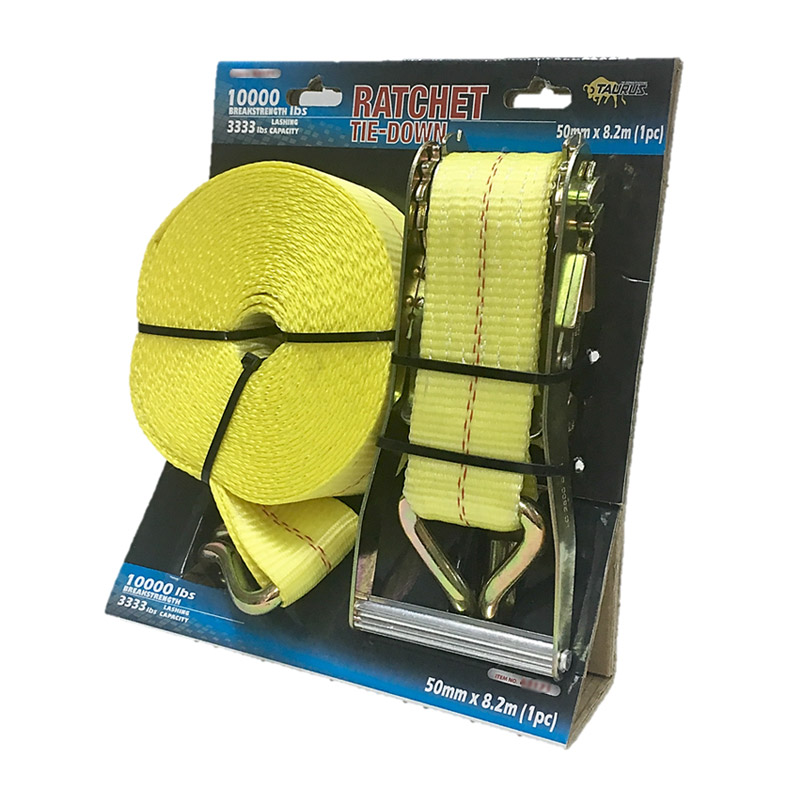chipboard fasteners
The Versatility of Chipboard Fasteners A Comprehensive Guide
In the world of furniture making, cabinetry, and general construction, chipboard has emerged as a popular material due to its affordability and versatility. To ensure the structural integrity and longevity of chipboard products, the selection of appropriate fasteners is paramount. Chipboard fasteners, specifically designed to meet the unique needs of chipboard applications, are crucial in achieving effective and durable assemblies. This article delves into the types, features, applications, and best practices for selecting and utilizing chipboard fasteners.
Understanding Chipboard and Its Advantages
Chipboard, also known as particle board, is made from wood chips, sawmill shavings, and resin, compressed under heat to form dense, sturdy sheets. This material is favored in the furniture industry primarily because it is lightweight, cost-effective, and readily available. Its smooth surface makes it ideal for laminating, painting, and veneering, which further enhances its aesthetic appeal.
However, the porous nature of chipboard also presents challenges, particularly concerning fasteners. Traditional wood screws can strip easily when used, often leading to weakened joints. Hence, specialized chipboard fasteners are designed to minimize these issues while providing secure and reliable connections.
Types of Chipboard Fasteners
1. Wood Screws Distinct from regular screws, wood screws for chipboard often possess a coarser thread design. This change increases holding strength, preventing the screw from stripping the board during installation. Additionally, many come with a blunt tip to facilitate easier insertion into the material.
2. Self-Tapping Screws These screws simplify the process further by cutting their own thread as they are driven into the chipboard. This capability reduces the need for pre-drilling, saving time and effort during assembly.
3. Confirmat Screws Specifically designed for case goods, confirmat screws have a unique shape and deeper threads, ensuring exceptional holding power. They are used mainly in the assembly of flat-pack furniture and modular systems where traditional screws may not provide sufficient grip.
chipboard fasteners

4. Cam Lock Fasteners Utilized primarily in flat-pack assembly, cam lock fasteners allow for quick and easy assembly and disassembly. After inserting a dowel into the pre-drilled hole of the chipboard, the cam lock can be rotated to secure it tightly, making it a popular choice for ready-to-assemble furniture.
Best Practices for Using Chipboard Fasteners
1. Pre-Drilling Despite the benefits of self-tapping screws, pre-drilling pilot holes can significantly improve the performance of most fasteners. This process helps prevent splitting and allows for a cleaner insertion.
2. Choosing the Right Length and Diameter The selection of screws should be based on the thickness of the chipboard and the specific application. Generally, the screw length should be at least twice the thickness of the chipboard for optimal hold.
3. Using Adhesives For added strength in critical joints, combining mechanical fastening with adhesive applications can significantly enhance durability. Wood glue, for instance, can provide an additional bond that surpasses the sole strength of screws.
4. Regular Maintenance and Inspection Over time, chipboard can be subjected to moisture and stress, affecting the integrity of fastened joints. Regular inspections and maintenance can help identify any issues early, allowing for timely repairs or re-assembly.
Conclusion
Chipboard fasteners play a critical role in enhancing the performance and longevity of chipboard furniture and structures. Understanding the different types available and implementing best practices can lead to better functionality and durability. As the demand for cost-effective and attractive furniture continues to rise, so will the importance of selecting the right fasteners. Investing in quality chipboard fasteners not only ensures stronger assemblies but also fosters a more sustainable approach to furniture production by minimizing waste and maximizing usability. In a market that constantly innovates with materials and designs, chipboard fasteners remain a fundamental element in achieving success in woodworking and assembly projects.
-
Weatherproof Plastic Expansion Anchors for OutdoorHabarlarJun.06,2025
-
Sustainability in the Supply Chain: Eco-Friendly TEK Screws ProductionHabarlarJun.06,2025
-
Load-Bearing Capacity of External Insulation FixingsHabarlarJun.06,2025
-
Double Head Bolts: Enhancing Efficiency in Industrial MachineryHabarlarJun.06,2025
-
Corrosion Resistance in Chipboard Screws: Coatings for Wholesale DurabilityHabarlarJun.06,2025
-
Butterfly Toggle Bolts : Enhancing Structural ResilienceHabarlarJun.06,2025
